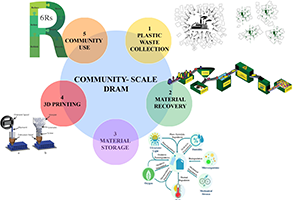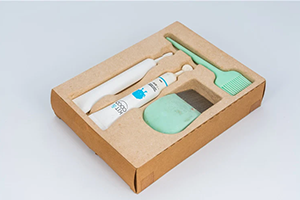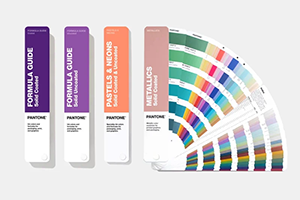Picture this: for ages, the packaging world has been stuck in a never-ending showdown with its own Frankenstein’s monster – plastic. We’ve all winced at those heartbreaking photos of turtles tangled in bags and beaches buried under bottles. If you’re a brand boss or packaging whiz, you’ve probably felt the heat from eco-conscious customers and stern regulators alike, all yelling, “Do better!” But hunting for a material that’s truly green and doesn’t flop on the job? It’s felt like chasing a unicorn – always one compromise away from perfection.
Well, hold onto your hats, because a sneaky uprising is underway, fuelled by something as humble as paper pulp. No, not those sad, soggy egg boxes from your gran’s fridge. We’re talking souped-up molded fibre tech that’s barging in like a boss, ready to knock plastic off its throne and flip the script on what “eco-friendly packaging” really means. This isn’t some flash-in-the-pan fad; it’s a proper game-changer, driven by some seriously clever tweaks that make you go, “Why didn’t we think of this sooner?”
Facing Up to Plastic’s Lingering Shadow
Look, I’ve been knee-deep in packaging chats for years – think endless meetings where brand folks are sweating over how to go green without tanking their vibe. They mean well, but those early “eco” options? Total buzzkills – flimsy, unreliable, and no match for the rough-and-tumble of shipping stuff around the globe.
The big headache? Ditching plastic’s superpowers – that dirt-cheap versatility and bulletproof toughness – without your brand looking like it’s slumming it. Plastic’s been the undisputed champ: wildly flexible for designs, a fortress for protection, and churned out faster than you can say “mass production.” Any wannabe rival had to step up big time – tough for the trip, chic on the shelf, and ready to scale without breaking the bank. For way too long, nothing quite cut it, leaving even the most fired-up teams stuck in eco-limbo. Frustrating, right?
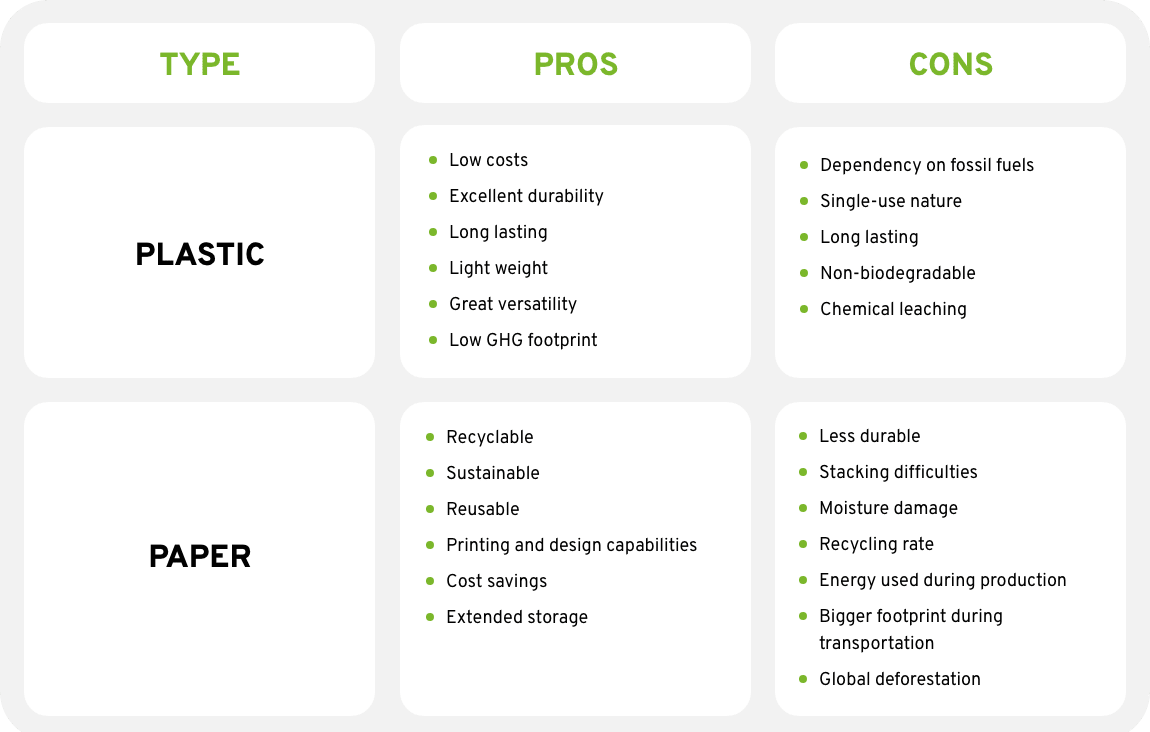
Enter Molded Fibre: All Grown Up and Ready to Rumble
But here’s where it gets exciting – new tricks in the trade have turned molded fibre into a total powerhouse. The MVP? Dry Molded Fibre. Forget the sloppy, waterlogged methods of old; this is next-level stuff that’s rewriting the rules for pulp packaging.
Curious about the wizardry? Traditional wet molding is like a tedious spa day gone wrong: pulp gets sloshed in tons of water, shaped, and then baked dry – slow, thirsty, and a real energy hog. Dry molding flips the script by ditching the H2O almost entirely. It fluffs up loose fibres with air, then slams them into shape with heat and pressure. Boom – efficient, elegant, and oh-so-smart.
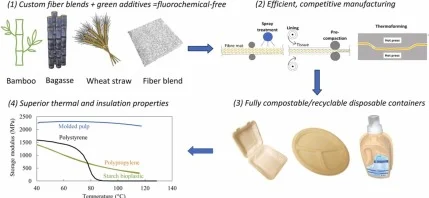
And the perks? They’re a riot:
- Eco-Warrior Mode: Kiss goodbye to water waste, slashing energy use and CO₂ by up to 80% compared to the old ways. It’s like giving the planet a high-five.
- Lightning-Fast Production: Cycles zip by in seconds – 10 times quicker than before. Suddenly, it’s playing in plastic’s speed league, perfect for cranking out heaps.
- Design Dreams Come True: Whip up fancy 3D shapes with smooth finishes, sharp edges, and cool add-ons like hinges or clips. Ideal for snazzy inserts in rigid boxes or eye-popping custom containers.
- Full Circle Vibes: Made from renewable goodies like wood, bamboo, or sugarcane scraps, these packages recycle, compost, or biodegrade without a fuss. Hello, circular economy!
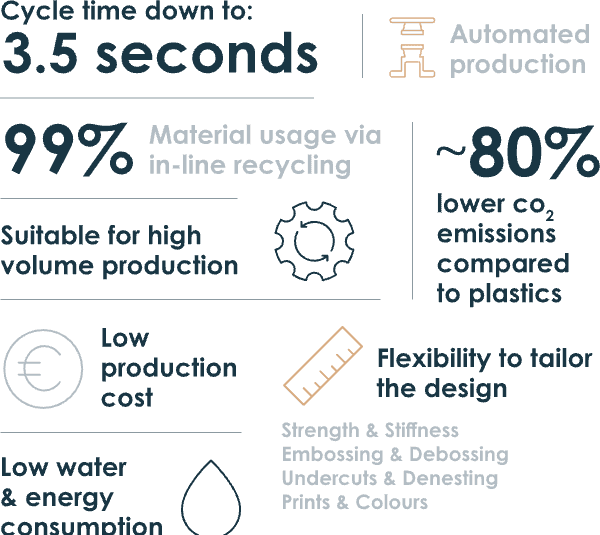
Molded Pulp Out in the Wild: From Coffee Runs to Cocktail Hours
The best bit? This isn’t pie-in-the-sky theory – molded fibre’s already strutting its stuff in real life, proving it’s as versatile as it is virtuous.
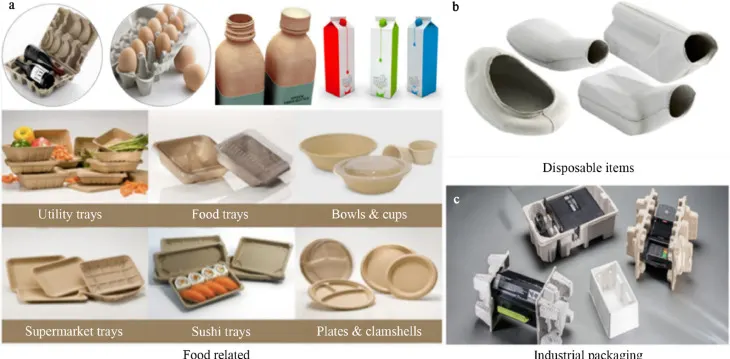
Tackling the Daily Grind: Bye-Bye Single-Use Junk
Ever think about the mountain of throwaway tat we grab daily? Trailblazers like PulPac are using dry molded fibre for coffee lids, utensils, and food trays that handle steaming brews or oily snacks like pros. And when you’re done? They compost away guilt-free, slashing plastic waste one latte at a time. It’s the kind of win that makes you smile over your morning brew.

Upping the Ante: Luxury That Feels Good
Gone are the days when molded fibre screamed “budget.” Now, posh brands are all over it for those “ooh-ahh” unboxing moments. Picture sculpted inserts hugging fancy gadgets, makeup, or fine whiskies – with debossed details, custom colours, and shapes that ooze earthy elegance plastic could only dream of. One big cosmetics player swapped their plastic trays for fibre ones and saw customers raving about their green glow-up. Who knew sustainability could feel so indulgent?
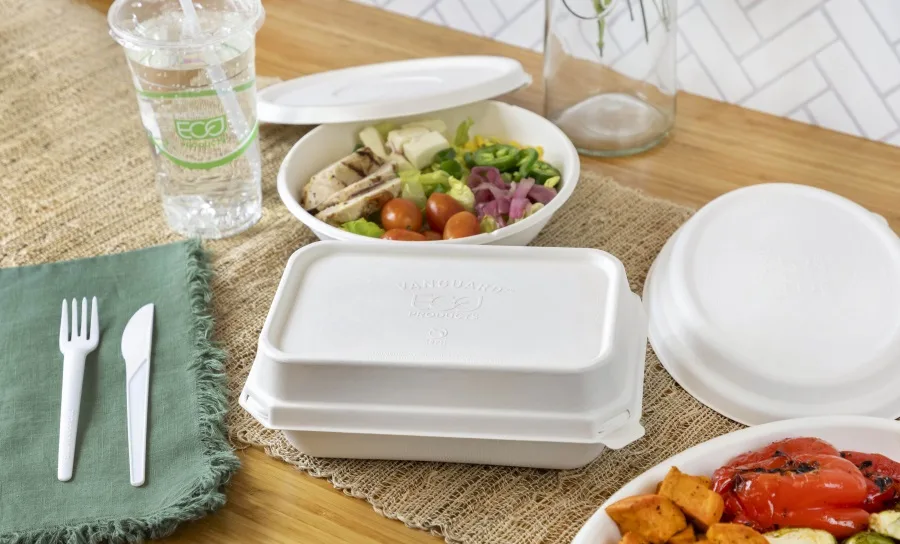
Pushing Boundaries: The Future’s Knocking
And it’s only getting wilder. Take Diageo’s wild experiment with a paper-based Johnnie Walker bottle – teaming up with experts to house booze in fibre. We’re not just subbing trays; we’re rethinking the whole bottle gig. Even pharma folks are eyeing it for blister packs, showing no industry’s off-limits. Exciting times, eh?
Why This Matters for You and Your Brand
Molded fibre’s rise is hands-down one of the coolest sustainable packaging trends around. It finally bridges that awkward gap between saving the planet and keeping your products tip-top. For brand managers, it’s not about if you switch – it’s about how you turn it into your secret weapon.
At C MIC Packaging, we craft everything from sturdy corrugated boxes for online hauls to lavish rigid ones for high-end treats, and we’re buzzing about this. It lets us whip up packaging that’s not just kind to Earth but downright innovative, gorgeous, and practical. Your brand can spin a story of values without skimping on the wow factor customers crave.
The pulp revolution’s in full swing. Fancy seeing how it could jazz up your world?
I’m dying to know – what’s your hot take on molded fibre? Any hurdles or hidden gems you’ve spotted? Spill the beans in the comments
